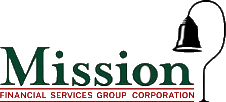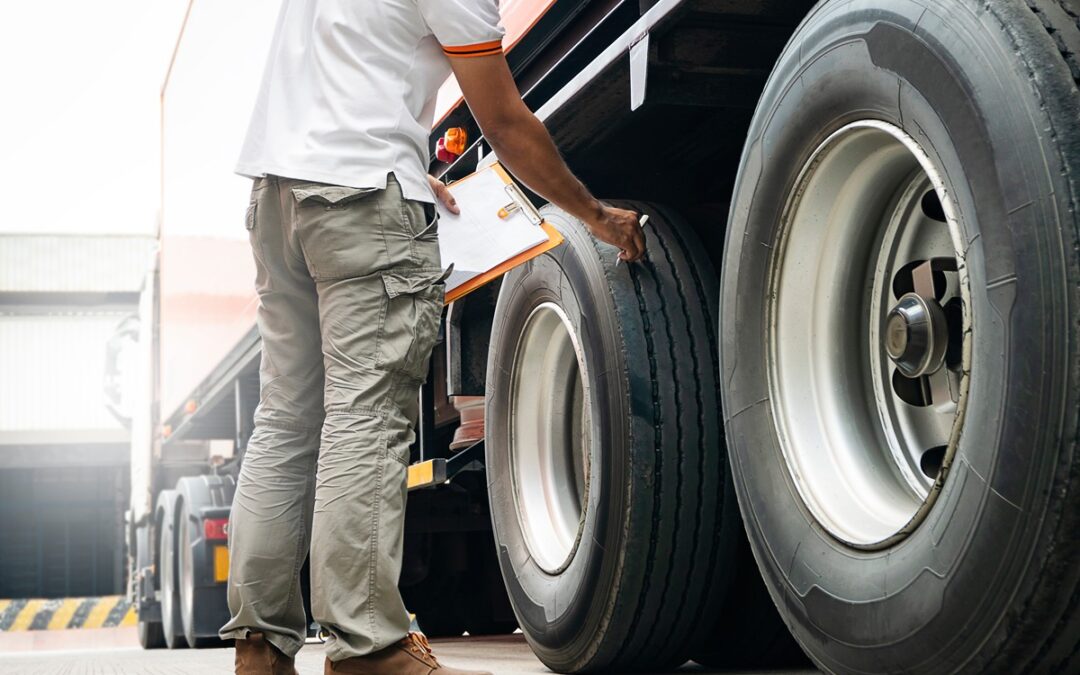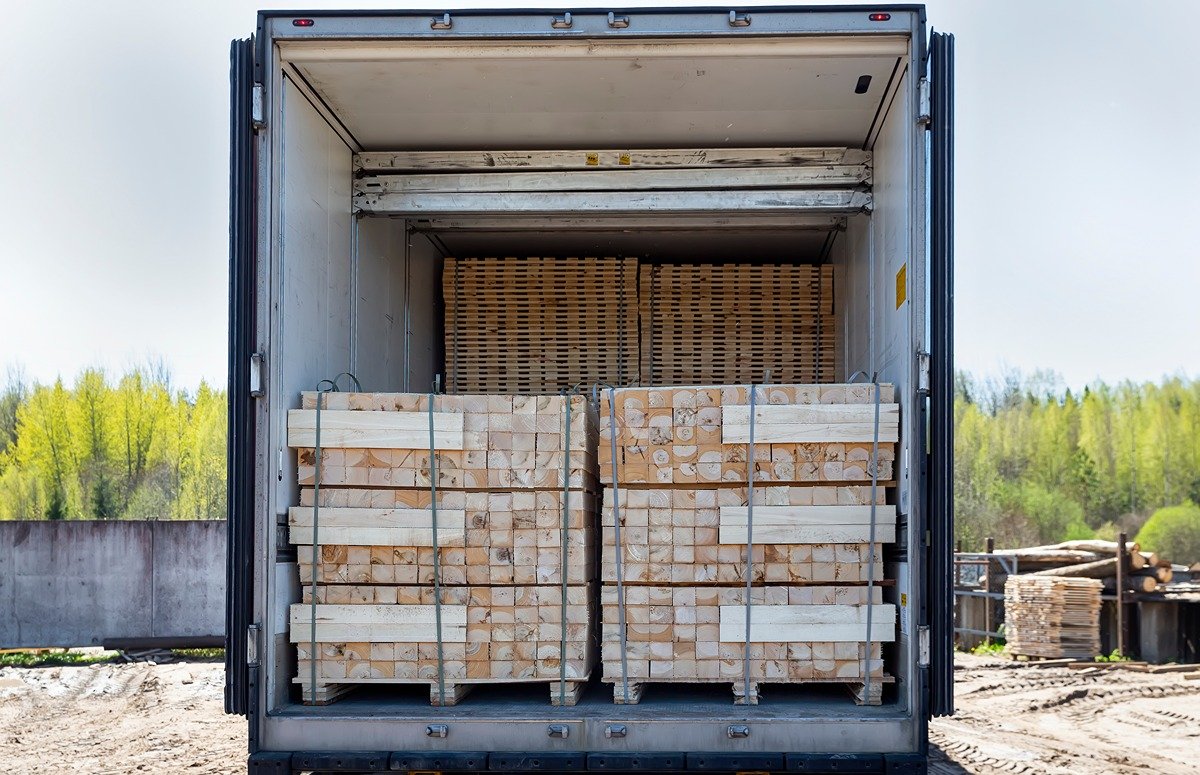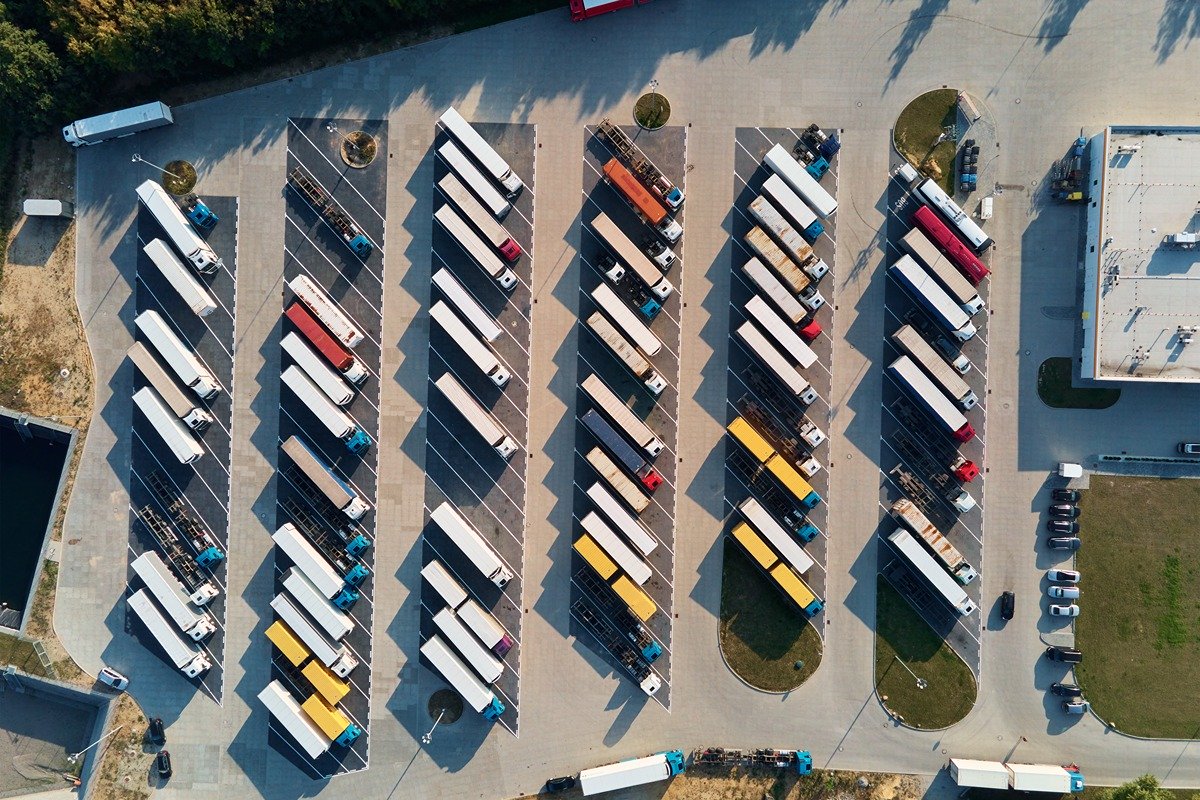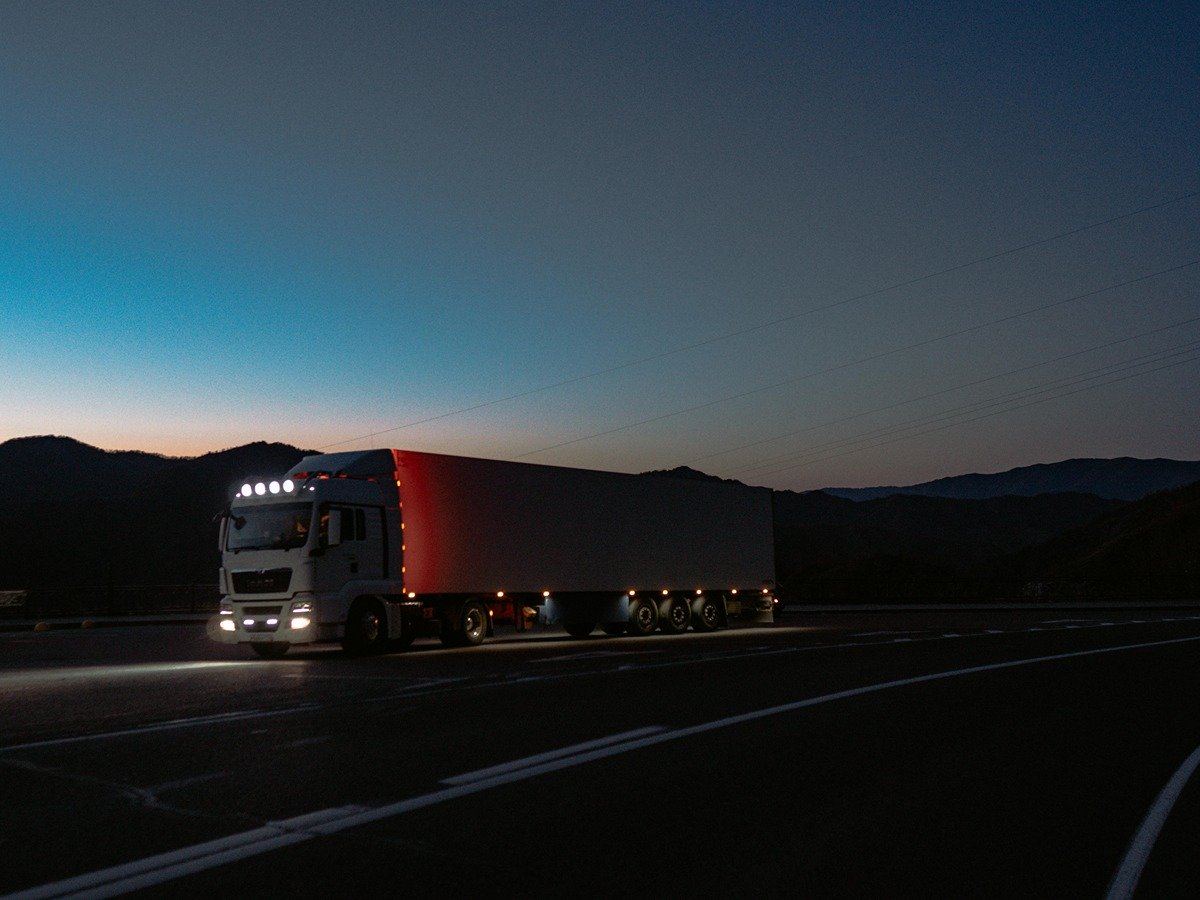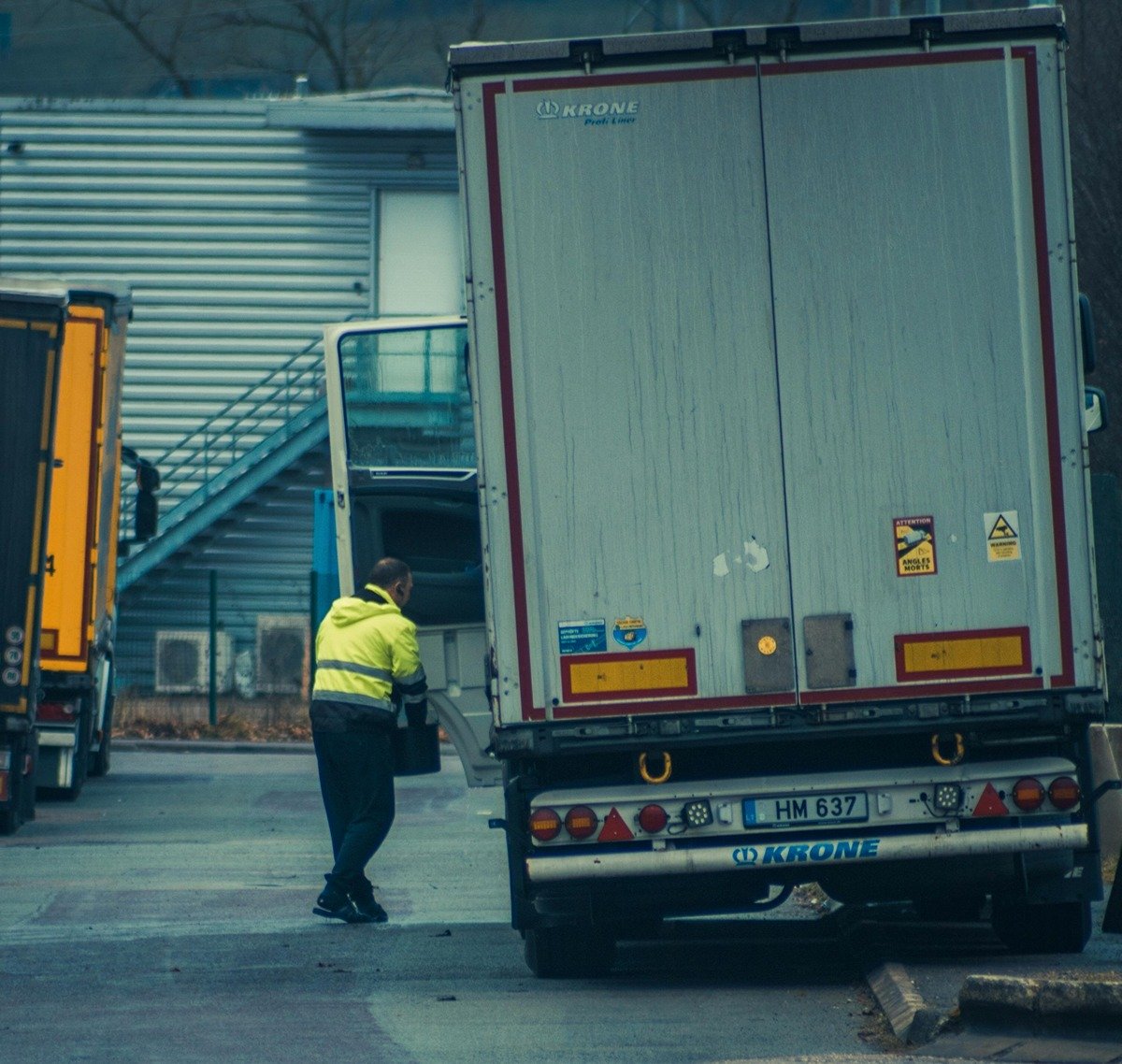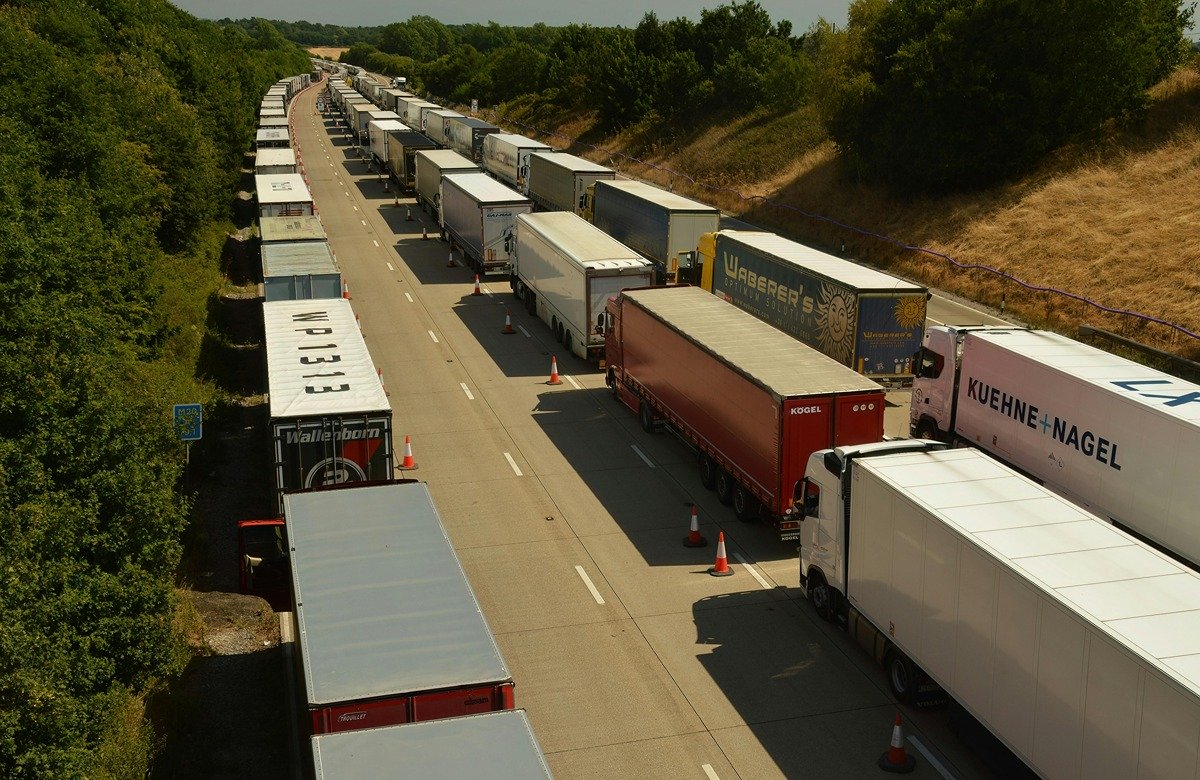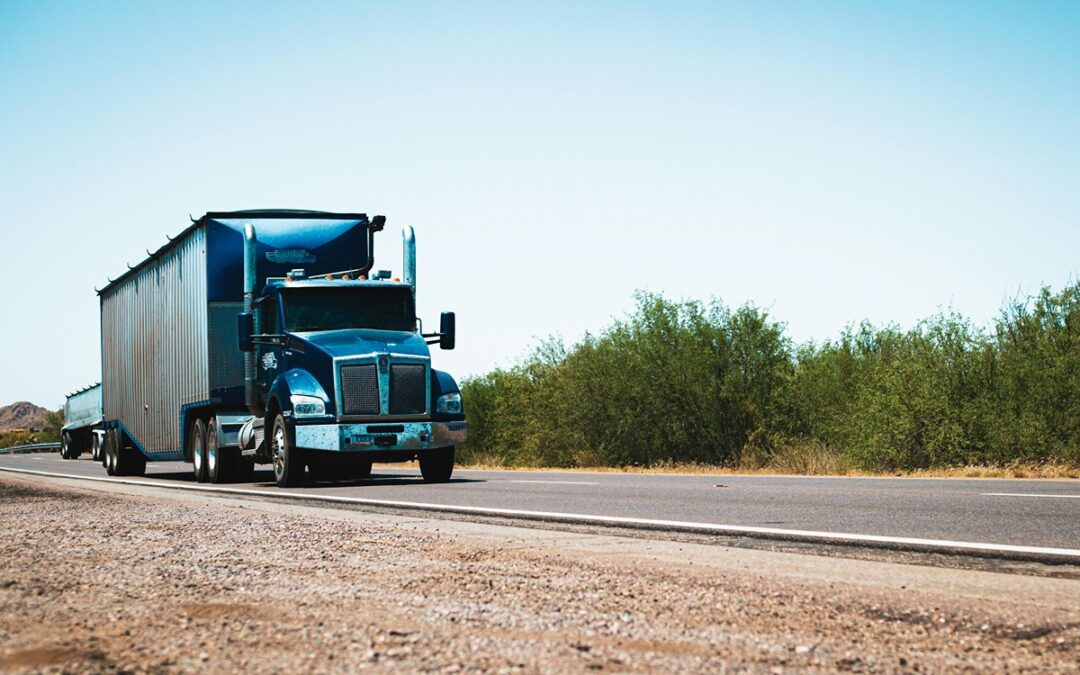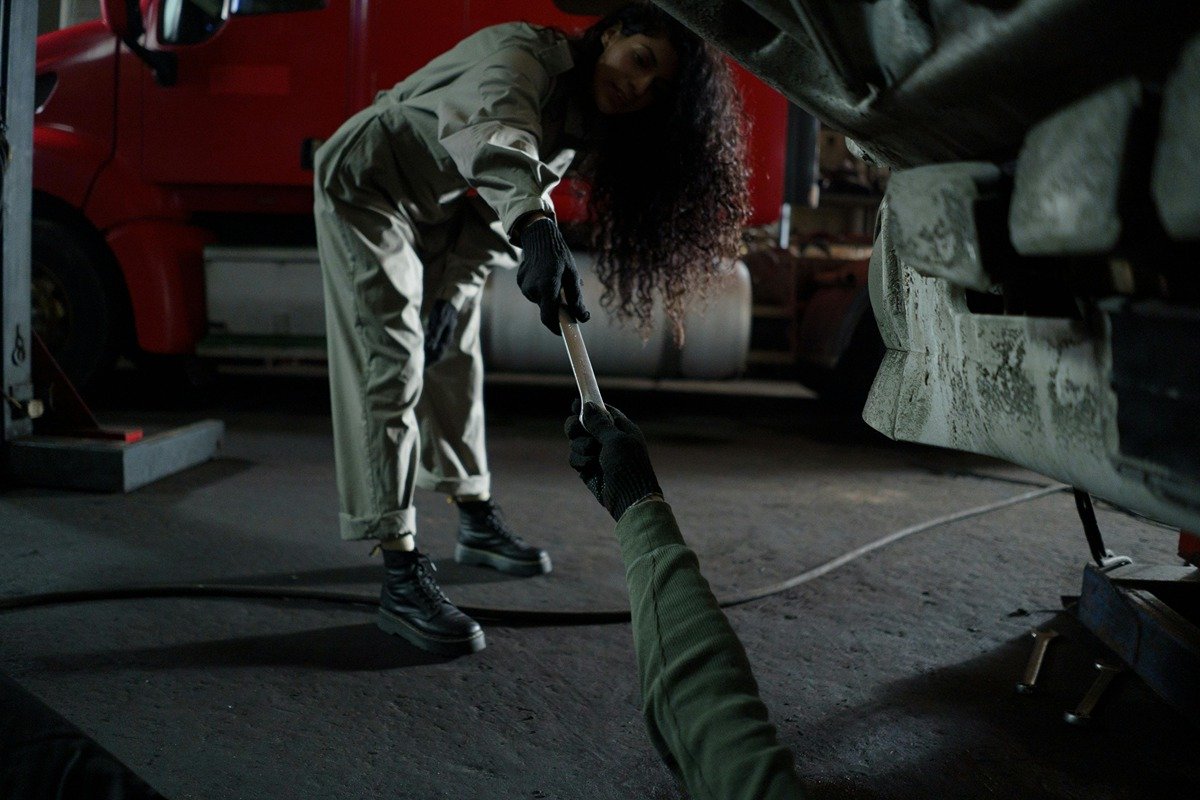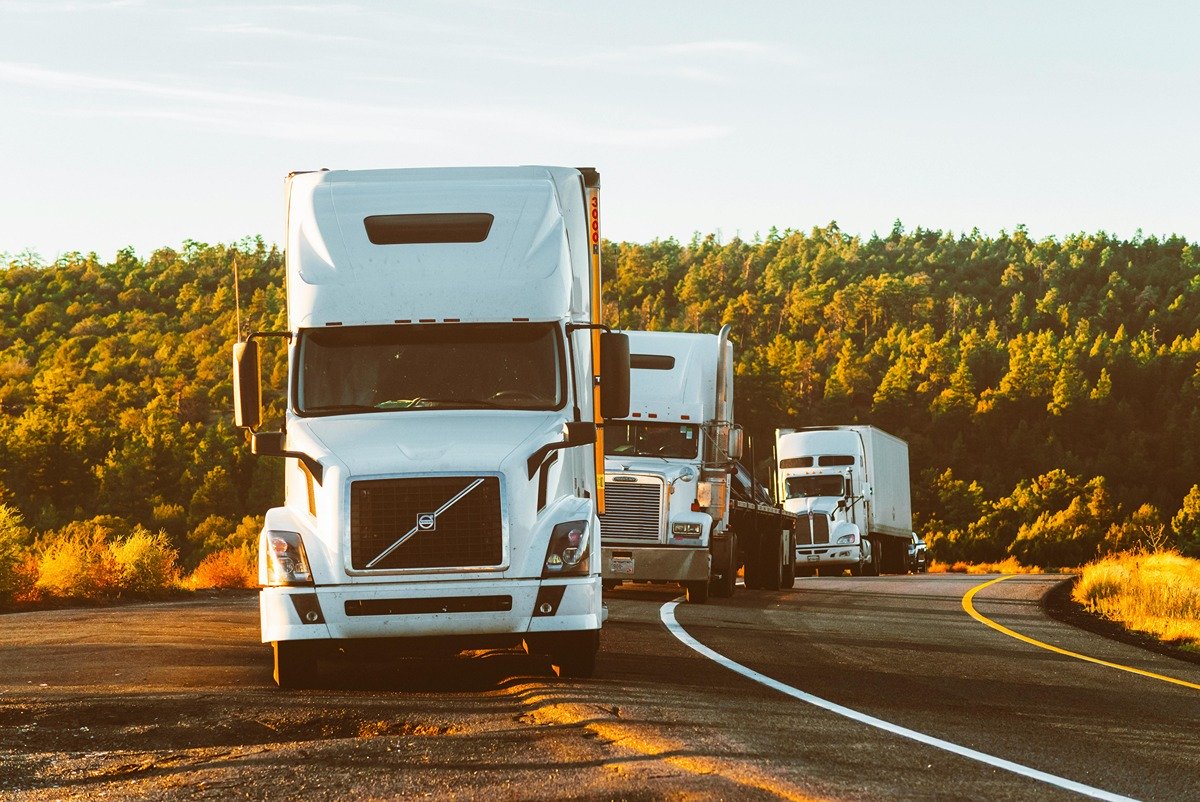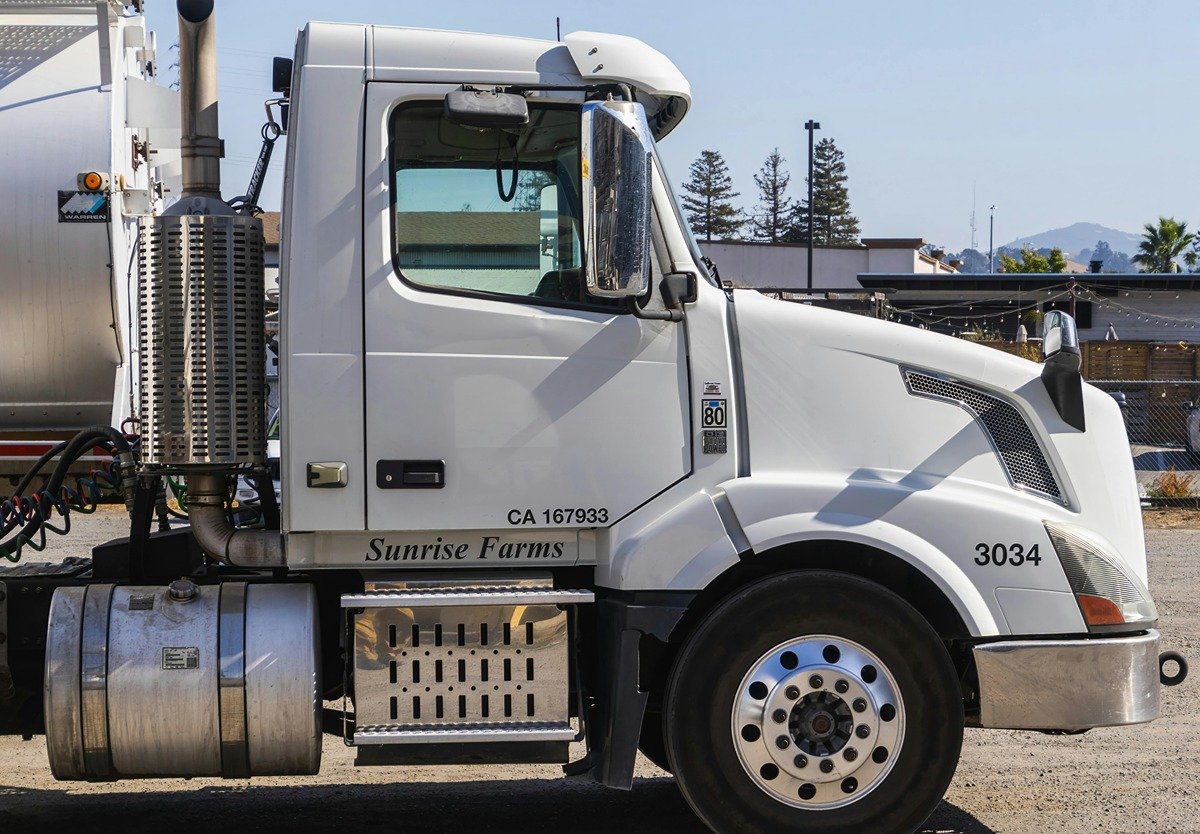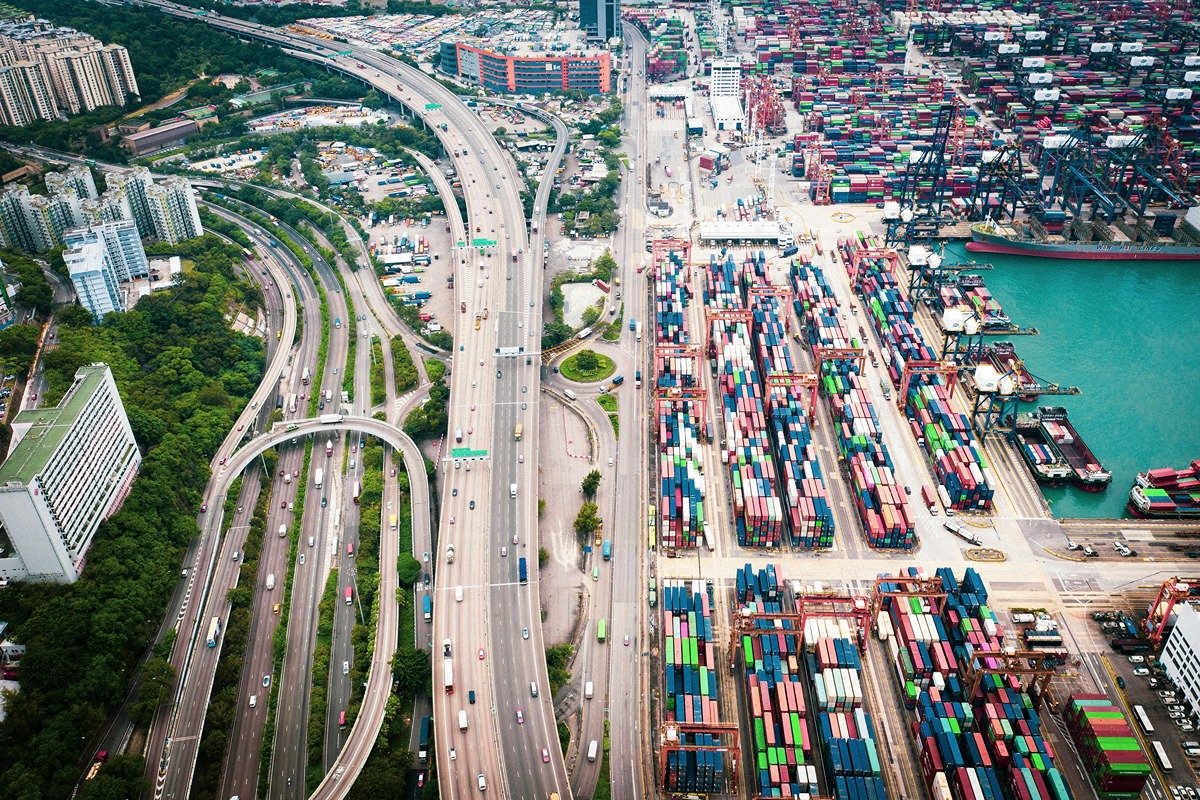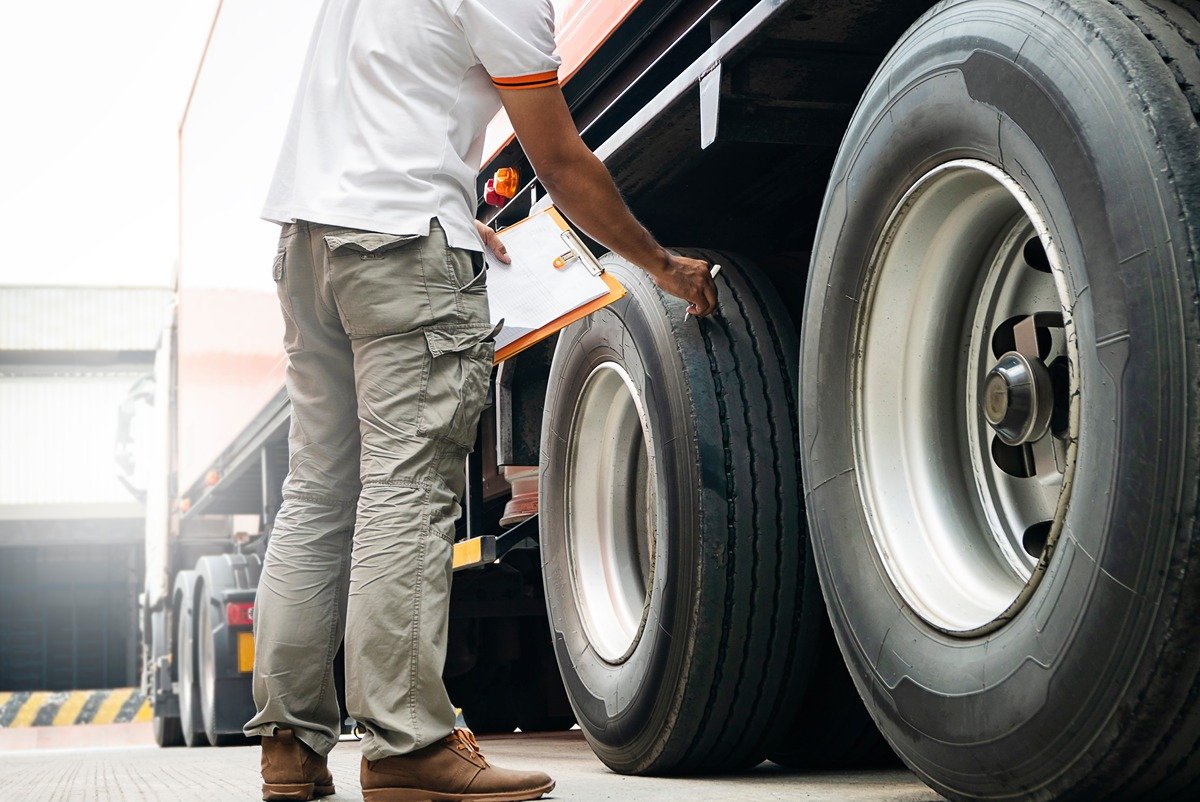
Whether you run a single rig or manage a small fleet, tires represent one of the most important investments in your trucking operation. They are, quite literally, what keeps your trucking business moving along the road.
Commercial truck tires influence your business in many ways, from fuel economy and road handling to driver safety and compliance. This comprehensive guide explains everything you need to know about commercial truck tires to make smarter buying and maintenance decisions.
Commercial Truck and Trailer Tires
Commercial truck and trailer tires are designed to handle heavy loads over long distances, and sometimes harsh road conditions. Unlike passenger vehicle tires, these tires come with reinforced sidewalls, deeper treads, and specialized compounds for durability and longevity.
Yet commercial truck tires are not all alike. Truck and trailer tires fall into categories based on their placement and function. You must choose your tires based on the vehicle’s application, route type, and load weight.
For example, drive tires deliver traction, while steer tires guide the vehicle. And trailer tires provide stability and resist wear. You must choose each type based on the vehicle’s application, route type, and load weight.
The quality of these tires directly affects braking performance, fuel efficiency, and load-bearing capability. That is why selecting the right commercial truck tire for each wheel position matters so much.

Commercial All-Position Tires
Don’t want the hassle of choosing different types of tires? You need all-position tires. Also known as multi-position tires, they are praised for their versatility. As the name suggests, they can be used in all positions on a truck: front, drive, and trailer axles.
Many fleets use them in their regional haul and urban delivery schedules because of their flexibility. They can rotate these tires easily between positions as needed and keep going.
The tread patterns support even wear, solid traction, and stable handling in diverse road conditions. That makes these tires a cost-effective solution for small trucking businesses with mixed-use routes.
Commercial all-position tires are a cost-effective, flexible, and durable option. However, they often don’t match the performance of specialized steer or drive tires. Weigh flexibility against performance when making your commercial tire selection.
Steer Tires for Semi Trucks
Does your business rely on heavy-duty semi-trucks? Then you’re probably familiar with steer tires. But for those of you new to trucking, let’s explain. Mounted on the truck’s front axle, they help with steering and handling.
Steer tires play a critical role in a semi truck. They control direction and influence ride comfort and steering response, even fuel efficiency. Because of their importance, many fleets replace steer tires more often than other types.
Steer tires are easy to recognize. They feature ribbed tread patterns with parallel grooves. But steer tires can experience irregular wear if the truck has alignment issues or unbalanced loads. Remember to inspect them regularly.
Standard steer tires are designed for even contact with the road, better steering precision, and stability. They are ideal for general use on city roads and highways and city roads. Specialty steer tires cater to specific conditions and environments like extreme weather, off-road, and regional haul applications.
Are these cheap semi-truck tires? No. You can usually expect to pay more due to their precision construction and performance standards.

Drive Tires
These go right behind the steer tires, providing the vehicle with more power and traction. While they typically don’t experience as much wear as steer tires, they should be able to handle a variety of road conditions. Therefore, select your drive tires with durability and traction in mind.
Trailer Tires
Trailer axle tires are located at the rear of the semi-truck and carry most of the cargo’s weight. They follow in the direction the trailer is being towed and are built to support that weight in transit. When choosing trailer tires, consider the typical weight your trucks haul. Choose a tire load range that works for you.
Choose Your Position Type
Beware of installing the wrong tire in the wrong position. This reduces performance and can even raise operating expenses. Commercial truck tire specialists recommend keeping track of tire placement, rotation dates, and wear.
Here’s a quick breakdown of what each tire position requires:
- Steer Position: Tires in this position must offer precision, excellent handling, and uniform wear.
- Drive Position: These tires must offer strong traction to transmit power.
- Trailer Position: Trailer position tires must support heavy cargo weight and ensure stability.
Digital Tire Monitoring
The latest trucking technology supports fleet safety and maintenance, and tire monitoring systems are doing their bit, too.
Digital tire monitoring tools supply real-time air pressure, temperature, and tread wear data. These tools often connect with mobile apps, tracking commercial truck tires anytime, anywhere. They catch problems early, which reduces blowouts and expensive roadside repairs.
Using a digital monitoring system can also support regulatory compliance. The Federal Motor Carrier Safety Administration (FMCSA) has a program known as Compliance, Safety, and Accountability (CSA). Careful tire monitoring can minimize tire-related violations and improve CSA scores.

Parts of a Tire
Understanding the essential components of a commercial truck tire helps you to spot wear or damage early, improving safety and extending tire life.
- Tread: The outer layer that contacts the road. Tread designs vary by purpose: traction, fuel economy, or durability.
- Sidewall: Protects the tire and displays key tire information.
- Bead: Locks the tire to the rim and ensures a secure seal.
- Belt Package: Layers of steel or synthetic cords that reinforce the tread area.
- Inner Liner: Retains air and supports consistent inflation.
Understanding Sidewall Information
The sidewall of a commercial truck tire displays vital information:
- Tire Size: For example, 295/75R22.5
- Load Index: Indicates how much weight the tire can support.
- Speed Rating: Identifies the maximum safe speed.
- DOT Code: Unique tire code, also reveals the manufacturing date.
- Ply Rating: Reflects the tire’s strength.
Reading and understanding this information ensures you select the right tire for your operation.
Retreading and Recycling Commercial Tires
Small fleets can cut costs significantly with tire retreading. Retreading replaces worn tread on a tire casing, extending the tire’s life at a much lower cost than buying new. Retreaded commercial truck tires meet strict federal safety standards and deliver near-new performance when maintained properly.
Recycling old tires also reduces environmental impact. Many shops and manufacturers offer recycling programs for safe disposal. If you want to reduce your total tire expense without sacrificing safety, retreading offers a solution.
Important Things to Know About Commercial Truck Tires
By staying proactive, you reduce downtime, avoid violations, and get the most out of your tires. Keep these key points in mind:
- Weight Rating: Choose tires that meet or exceed your load requirements.
- Speed Rating: Stay within the safe operating speed for each tire.
- Seasonal Conditions: Use tires designed for snow, ice, or rain when and where necessary.
- Regulations: Follow FMCSA rules on tread depth and tire condition.

Pricing Variability
How much is a semi-truck tire? The answer varies because semi-truck tire prices vary widely. A semi-truck tire’s price can be anywhere from $300 to $700 or more, depending on the type and brand.
This guide gives you the information you need to make smart choices, but always discuss your needs with your tire dealers. They are experts in the field and will help you choose the right commercial tires for your business.
Tire Maintenance and Safety Tips
The right tires will keep drivers safer on the road and effectively support vehicles and cargo loads. They may even deliver increased mileage and improve fuel consumption. But to enjoy these benefits, you must practice proper tire maintenance:
- Perform regular inspections and look for wear, cracks, and punctures.
- Keep detailed records of tire purchases and service history. These logs help you track performance and warranty coverage and know when to retread or replace.
- Give drivers proper training. Their driving style can affect tire performance and longevity.
- Maintain proper tire pressure to improve fuel economy and reduce wear.
- Rotate tires regularly for more even wear.
- Check alignment often, especially on steer tires. And be sure to balance your tires to prevent suspension wear.
- Consider using fleet software to evaluate costs over time. This helps you uncover patterns in wear and optimize your tire strategy.
Conclusion
Commercial truck tires form a vital part of your business. To get the most out of them, choose the right tire for each wheel position, monitor their performance, and perform proper tire maintenance.
Invest in high-quality commercial truck tires and maintain them well, and they will support your operation for the long haul. However, even the best tires can’t help when you’re faced with broken-down trucks and deadlines to meet. Luckily, Mission Financial Services can help.
We offer financing solutions, including loans to buy new or used semi-trucks and even to pay for repairs. Contact us today and let’s get your business on the road to success.
